

— Products —
 Consumer hotline +8618073152920
Consumer hotline +8618073152920 WhatsApp:+8615367865107
Address:Room 102, District D, Houhu Industrial Park, Yuelu District, Changsha City, Hunan Province, China
All products
Solar Powered Weather Station is an environmentally friendly, energy-saving, highly efficient, self-powered, real-time monitoring and data transmission, high-precision and reliable weather monitoring equipment. It utilizes solar energy as its energy supply and is self-sufficient without relying on external power supply. It is able to monitor and record various meteorological data in real time, providing important references for meteorological forecasting, agricultural product···
Tel/WhatsApp:+8615367865107
Email:Arvin@niubol.com +Nearly 100 partner company in more than 68 countries. We are committed to providing high-quality, practical products to meet your needs and help you solve problems.Product Details
A weather station is a device used to measure and record various meteorological elements in the atmosphere (e.g. temperature, humidity, wind speed, wind direction, air pressure, precipitation, etc.). It can provide real-time weather data, which is an important reference for weather forecasting, environmental monitoring, agricultural production and other fields.
Solar Powered Weather Station is a weather station that utilizes solar energy as its energy supply. Solar Powered Weather Station not only has all the functions of traditional weather station, but also has the advantages of environmental protection, energy saving, easy deployment and maintenance.
Solar Powered Weather Station usually contains the following sensors and configurations:
Temperature sensor: Used to measure the ambient temperature.
Humidity Sensor: Used to measure the ambient humidity.
Wind Speed Sensor: Measures the wind speed.
Wind Direction Sensor: Measures the wind direction.
Barometric Pressure Sensor: Measures atmospheric pressure.
Rainfall Sensor: Used to measure rainfall.
Solar Radiation Sensor: Used to measure the intensity of solar radiation, etc.
Other sensors: such as UV sensor, air quality sensor, soil moisture sensor, etc., can be configured according to specific needs.
Solar Panel: Converts solar energy into electricity.
Charge Controller: Controls the charging process and protects the battery from overcharging and over-discharging.
Battery: Stores electricity and provides power support for the weather station.
Data Collector: responsible for processing, storing and transmitting the data collected by the sensors.
Data transmission equipment: responsible for transmitting the data to the remote data center or the user side, realizing real-time monitoring and remote control of the data.
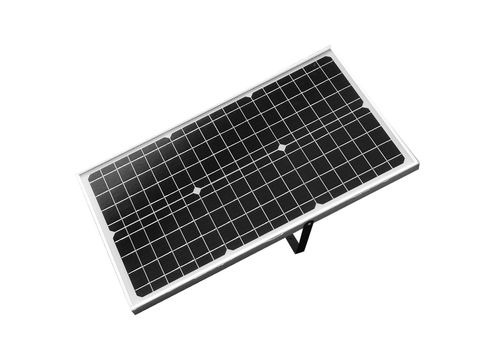
Environmental protection and sustainability: Using solar power to reduce greenhouse gas emissions and realize sustainable development.
High efficiency and energy saving: With high efficiency of photoelectric conversion, it can fully utilize solar energy resources.
Real-time monitoring: It can monitor and record various weather data in real-time, providing comprehensive weather information.
High-precision Measurement: The sensor has high precision and can accurately measure and record meteorological data.
High reliability: reliable hardware and software design, able to operate stably under various harsh environmental conditions.
Easy to deploy and maintain: modular design simplifies installation and follow-up service.
Autonomous power supply: The weather station does not rely on external grid power supply and has the ability to operate independently, which is suitable for remote areas, islands and other scenarios where grid coverage is not available or power supply is inconvenient, thus enhancing the flexibility and adaptability of the system.
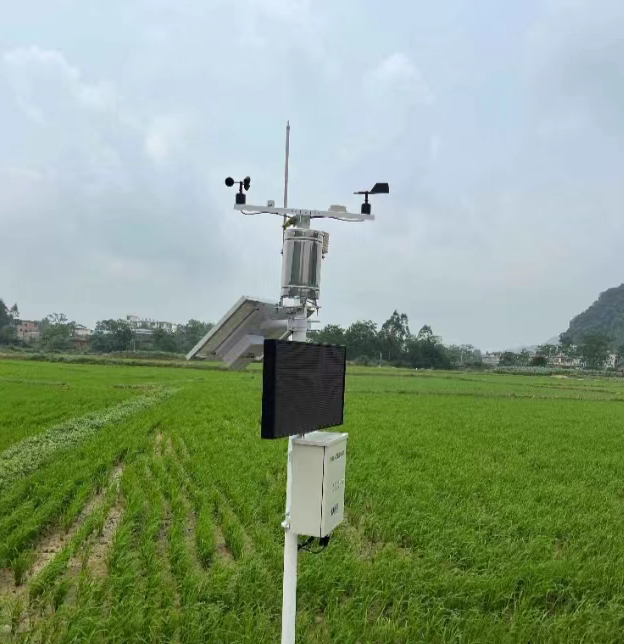
Reduced operating costs: Solar Powered Weather Station does not consume fossil energy, which reduces operating costs.
Easy to deploy and maintain: Solar Powered Weather Station does not need to rely on external power supply, so it is easy to deploy in remote areas or places where it is difficult to connect to the power grid. At the same time, due to the simple structure of the system, maintenance costs are relatively low.
Customized design: The system can be customized to meet the needs of different application scenarios.
Enhanced monitoring capability:
Through real-time monitoring and transmission of meteorological data, Solar Powered Weather Station can enhance the accuracy and timeliness of meteorological monitoring, providing powerful data support for meteorological forecasting, agricultural production, environmental monitoring and other fields.
Promote sustainable development:
As a green and environmentally friendly monitoring equipment, Solar Powered Weather Station helps to promote the realization of sustainable development goals, reduce carbon emissions and environmental pollution, and contribute to building an ecological civilized society.
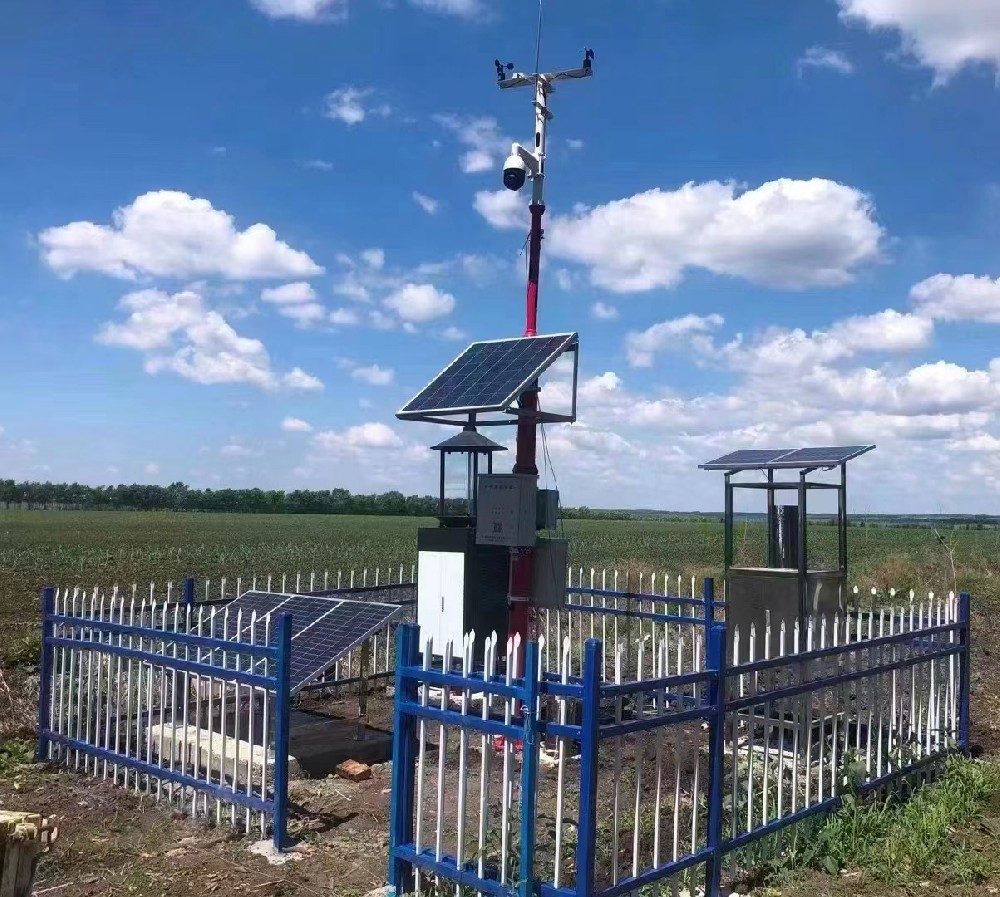
1. Provide accurate data for weather forecasting: real-time monitoring of weather data can provide an important reference for weather forecasting and improve the accuracy and reliability of forecasting.
2. Supporting agricultural production: Providing meteorological monitoring and early warning services for agricultural production, helping farmers rationally arrange farming activities and improve crop yield and quality.
3. Environmental monitoring and protection: provide meteorological data support for environmental monitoring, energy development, urban planning and other fields, and provide scientific basis for relevant decision-making. At the same time, solar power supply method also helps to reduce environmental pollution and carbon emissions.
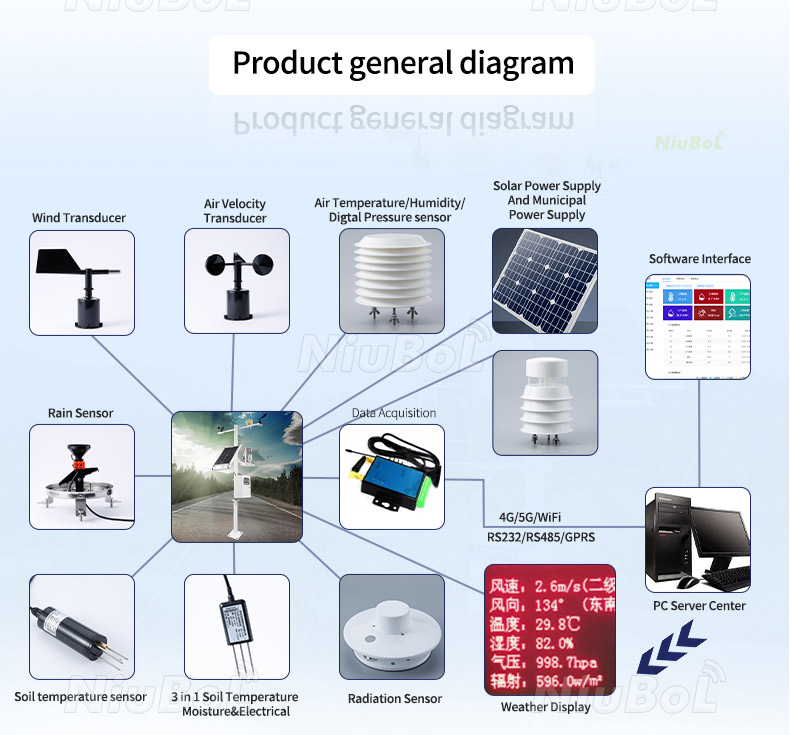
1. Weather monitoring in remote areas: In remote areas or places where it is difficult to access the power grid, Solar Powered Weather Station can provide stable weather data monitoring services.
2. Operation optimization of photovoltaic power stations: In photovoltaic power stations, Solar Powered Weather Station can monitor real-time light conditions, temperature and other meteorological data to provide accurate data support for the operation of the photovoltaic system and optimize power generation efficiency.
3. Agricultural meteorological monitoring: It provides real-time meteorological data monitoring and early warning services for agricultural production, helping farmers rationally arrange agricultural activities.
4. Environmental monitoring and protection: providing meteorological data support in environmental monitoring, urban planning and other fields, contributing to environmental protection and sustainable development.
5. Meteorological research: Collecting climate data over a long period of time and conducting trend analysis.
6. Transportation and Infrastructure: Ensure safety, such as weather warning for airports and mountain roads.
7. Energy management: Optimize the layout and performance of photovoltaic panels in solar farms.
8. Disaster warning: Predict extreme weather in advance to reduce losses.
9. Research and education: Provide real-time data for meteorological research and teaching.
10. Urban planning: help cities cope with climate change and optimize the layout of public facilities.
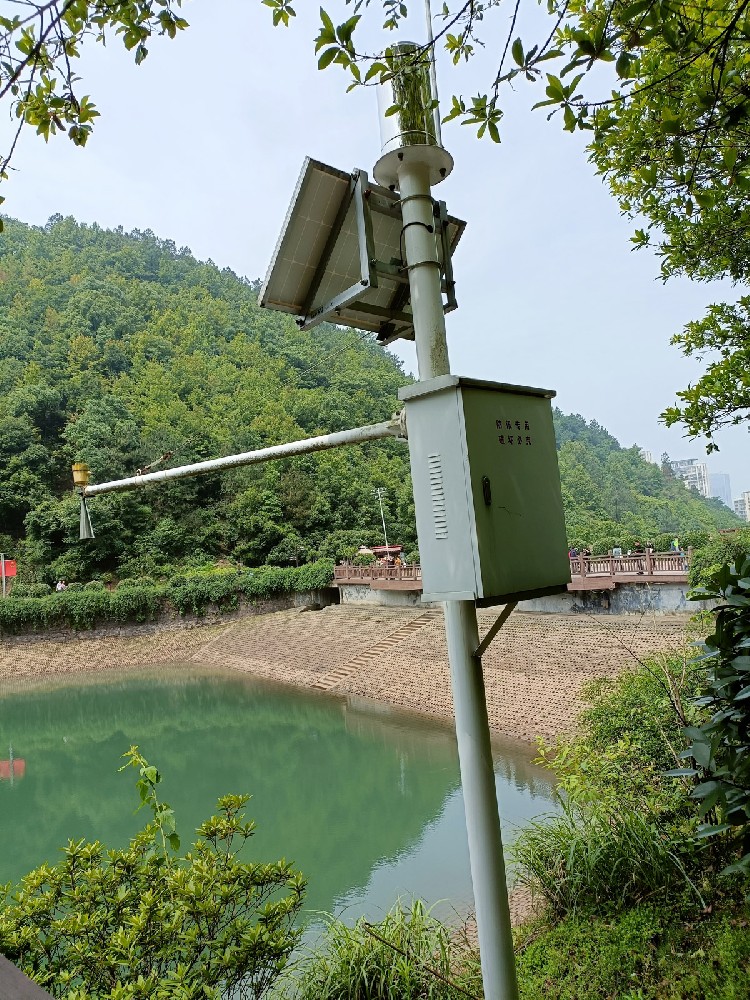
Ensuring the long-term stable operation of Solar Powered Weather Station requires comprehensive consideration of system design, component selection, intelligent management and maintenance strategy. The following are the key steps and strategies:
- Select solar panels with high conversion efficiency to ensure maximum energy collection in a limited area.
- The design takes into account the angle adjustment to adapt to seasonal changes and maximize daylight absorption.
- Use wide-temperature gel maintenance-free batteries, which maintain good charging and discharging performance at extreme temperatures.
- Considering the long-term operation, the battery capacity needs to be large enough to cope with the energy demand of continuous cloudy and rainy days.
- Implement an intelligent monitoring system to automatically regulate battery charging and discharging to avoid overcharging and over-discharging and extend battery life.
- Integrate energy optimization algorithms to adjust the energy usage strategy according to the weather forecast.
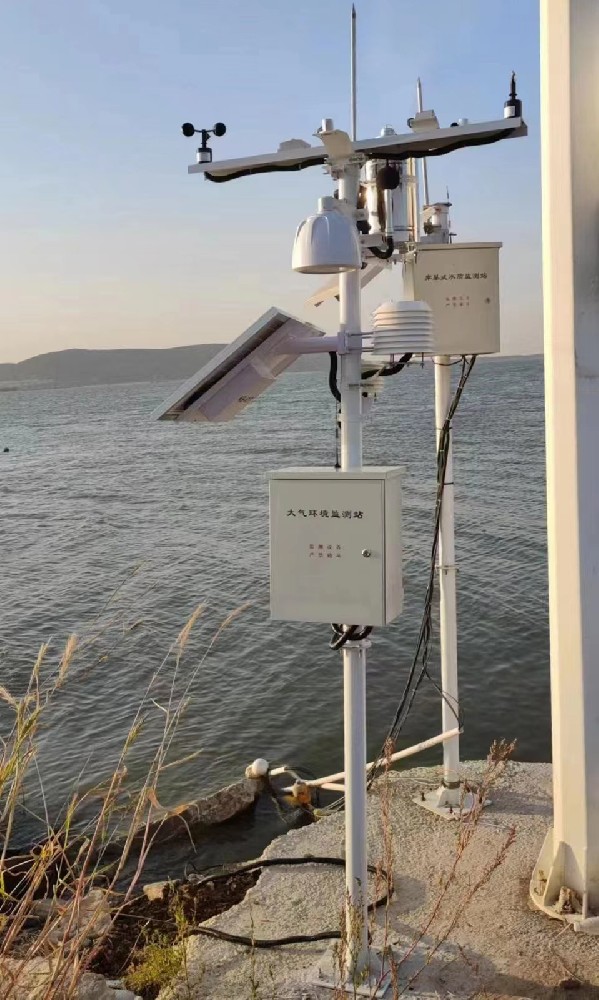
- Select low energy consumption sensors and data processing units to reduce daily power consumption.
- Design energy-saving modes, such as reducing the monitoring frequency or turning off non-essential devices during non-critical hours.
- Adopt 4G, 5G or future 6G network to realize automatic uploading of data and reduce the need for on-site visits.
- Remote monitoring system can instantly find and deal with abnormalities, reducing the number of on-site maintenance.
- The equipment shell should be waterproof, dustproof and corrosion-resistant to adapt to all kinds of bad weather.
- External components such as wind speed and direction sensors need to be mounted securely to withstand strong winds.
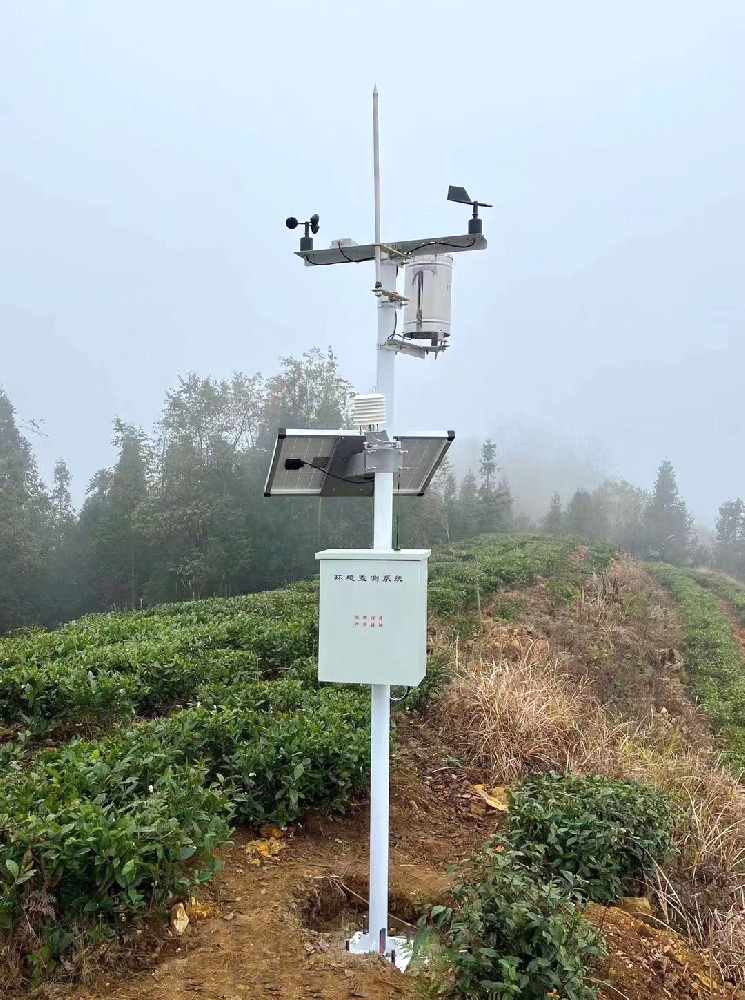
- Regularly check the cleanliness of the solar panels to ensure that there is no shading and dirt affecting the power generation efficiency.
- Conduct periodic performance tests on batteries and electronic equipment and replace or repair them in a timely manner.
- In extreme cases, consider equipping a small generator or connecting to the power grid as an emergency backup power source.
- Regularly update the software, using the latest data analysis algorithms to improve data processing efficiency and accuracy.
Through the above measures, the Solar Powered Weather Station is able to achieve long-term, stable and self-sufficient operation without the need for external power supply, ensuring the continuous provision of accurate weather data. This self-sustainability is especially important for remote areas or environments where it is difficult to lay power grids, and is an important development direction for modern weather monitoring technology.
Summary
Solar Powered Weather Station is an environmentally friendly, energy-saving, highly efficient, self-powered, real-time monitoring and data transmission, high-precision and reliable weather monitoring equipment. It utilizes solar energy as its energy supply and is self-sufficient without relying on external power supply. It is able to monitor and record various meteorological data in real time, providing important references for meteorological forecasting, agricultural production, energy, scientific research, urban planning, environmental monitoring and other fields.
At the same time, Solar Powered Weather Station also has the advantages of lower operating costs, easy deployment and maintenance, and customized design. In the future, Solar Powered Weather Station will play an increasingly important role in the field of weather monitoring and environmental protection.
Sensors & Weather Stations Catalog
Agriculture Sensors and Weather Stations Catalog-NiuBoL.pdf
Weather Stations Catalog-NiuBoL.pdf
Related recommendations
 Multi-Depth Soil Sensor RS485
Multi-Depth Soil Sensor RS485 TDR Soil Moisture Sensor
TDR Soil Moisture Sensor Pyranometer Solar Radiation Sensors
Pyranometer Solar Radiation Sensors Soil ph sensor
Soil ph sensor Tipping Bucket Rain Gauge
Tipping Bucket Rain Gauge Air Temperature and Humidity Sensor
Air Temperature and Humidity Sensor
Screenshot, WhatsApp to identify the QR code
WhatsApp number:+8615367865107
(Click on WhatsApp to copy and add friends)